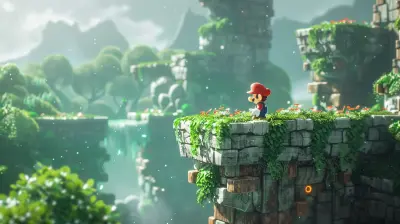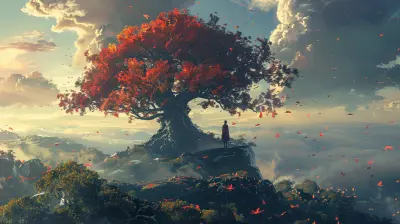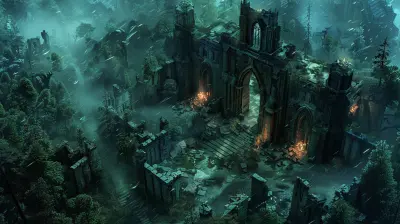How Platformers Are Pushing the Boundaries of 2D Gameplay
15 September 2025
If there’s one genre that's stood the test of time in gaming, it’s the platformer. These games, rooted in jumping from ledge to ledge, dodging hazards, and battling enemies, became the backbone of the industry during the early days of gaming. But here’s the thing—it’s 2023, and platformers are still alive, kicking, and jumping higher than ever. In fact, they’re not just surviving; they’re thriving. They’re evolving. And honestly? They’re breaking barriers in ways that’ll make your jaw drop like a character missing a crucial jump.
So, how exactly are platformers pushing the boundaries of 2D gameplay? Let’s dive headlong into the pixel-perfect world of platformers and unravel the innovations redefining what this genre can do. 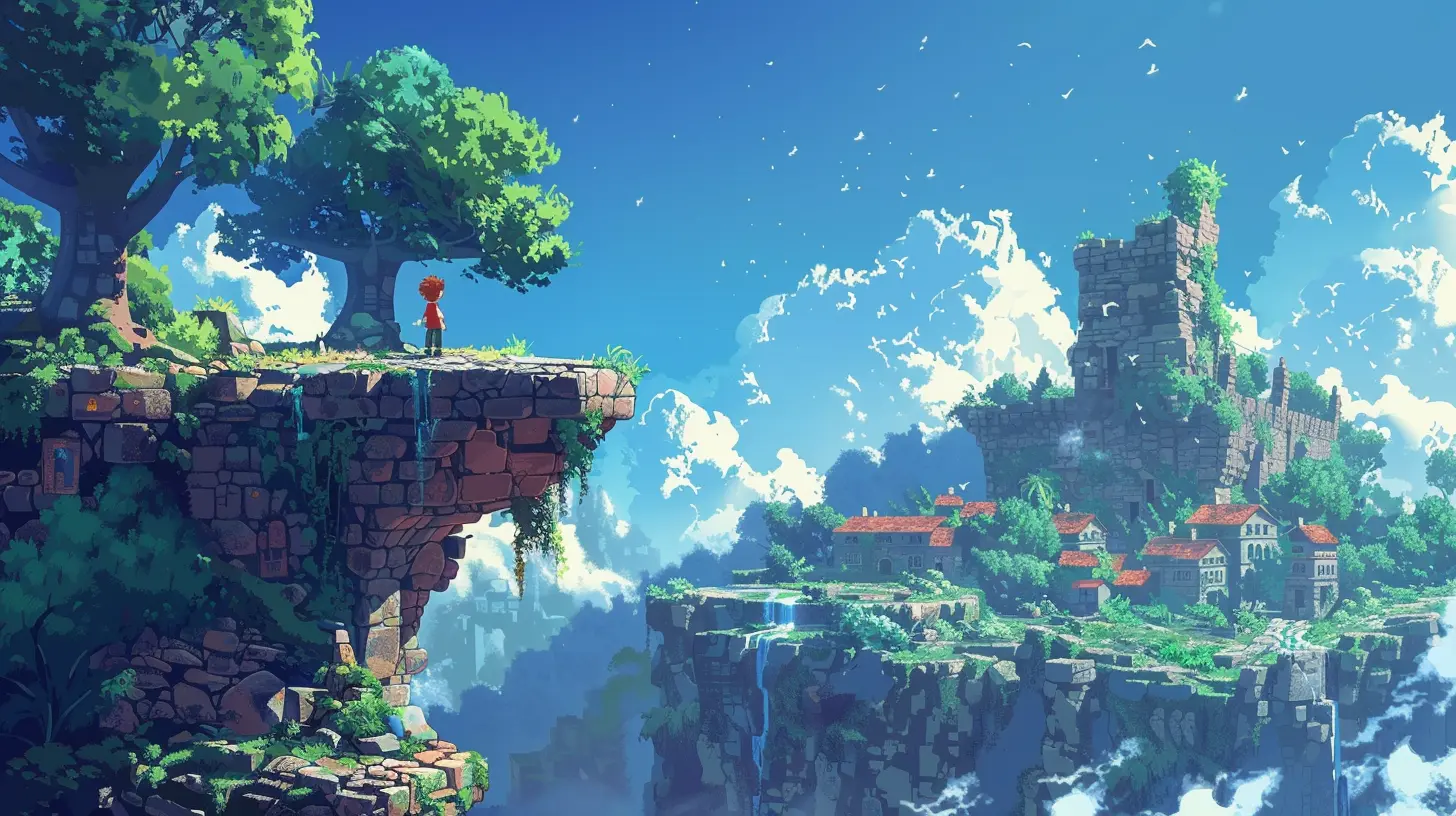
The Evolution of Platformers: From Pixel-Perfect Jumps to Dynamic Adventures
We all remember the classics, don’t we? Games like Super Mario Bros., Sonic the Hedgehog, and Donkey Kong Country laid the foundation for platformers back in the day. Their gameplay was simple, their goals were clear, and their charm was undeniable. But as much as we loved (and still love) those games, they were limited by the technology of their time.Fast forward to now, and 2D platformers have come a long, long way. They’re no longer just about running to the right side of the screen and collecting coins. Modern developers are flexing their creative muscles, adding depth, complexity, and even emotional weight to 2D gaming. It’s like giving a traditional canvas new layers of color, texture, and dimension. 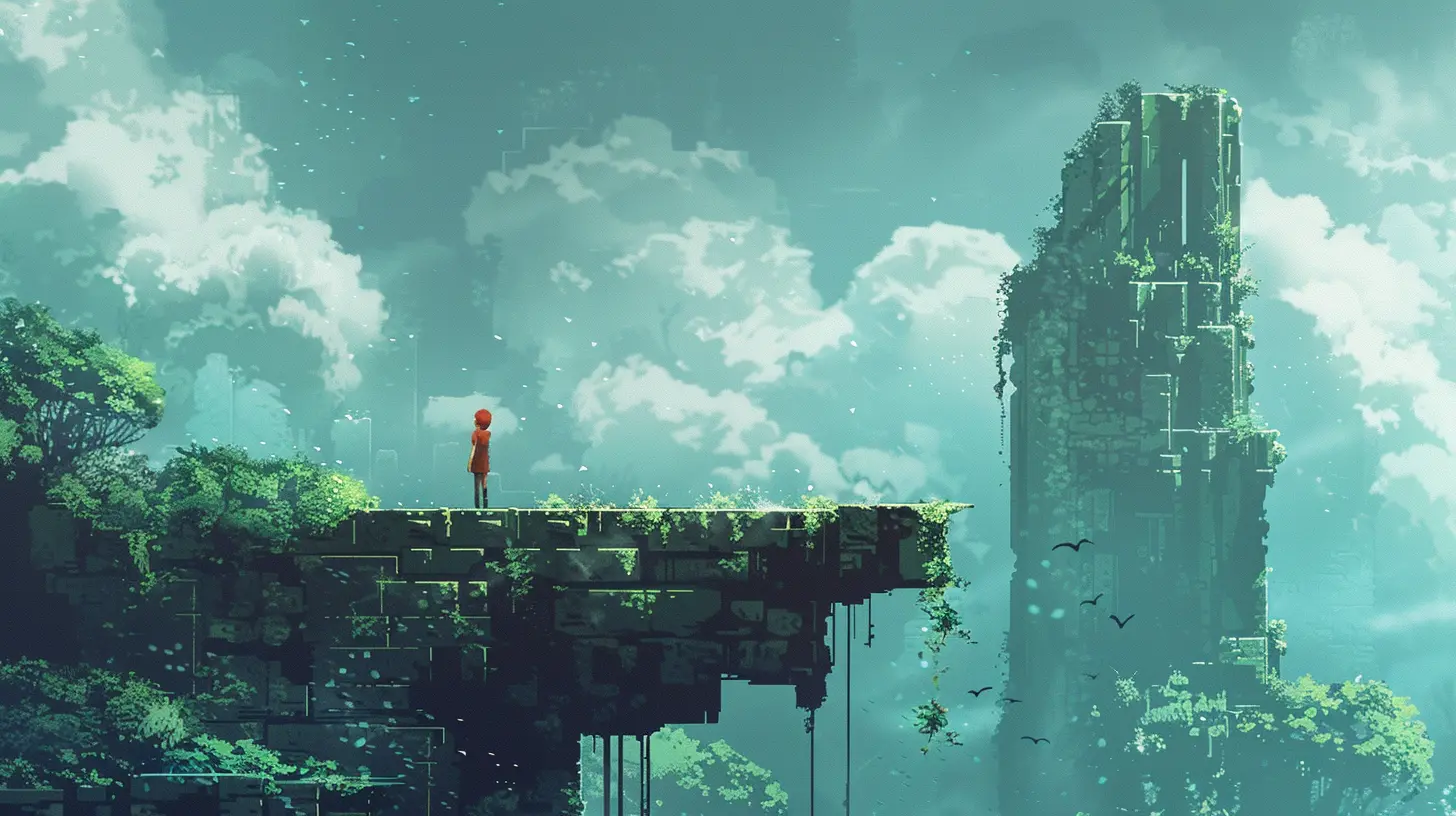
Precision and Control: The Backbone of Modern 2D Gameplay
Let’s be real—when it comes to platformers, precision is everything. There’s nothing more satisfying than sticking a perfectly timed jump or threading the needle through a gauntlet of spinning blades. But here’s the kicker: developers have taken this idea of precision and elevated it to new heights.Take Celeste, for example. This indie masterpiece redefined platforming by turning precision into a form of storytelling. Yes, you read that right. The game’s tight controls and challenging levels mirror the protagonist’s emotional journey of overcoming failure and self-doubt. Every leap feels like a metaphor for her struggles. It’s a game that says, “Hey, platformers can crush your soul and inspire you at the same time!”
And then there’s the physics. Oh, the glorious physics! Games like Ori and the Will of the Wisps combine fluid animations with gravity-defying mechanics that make you feel like you’re dancing through a dream. It’s platforming with a sprinkle of magic dust. 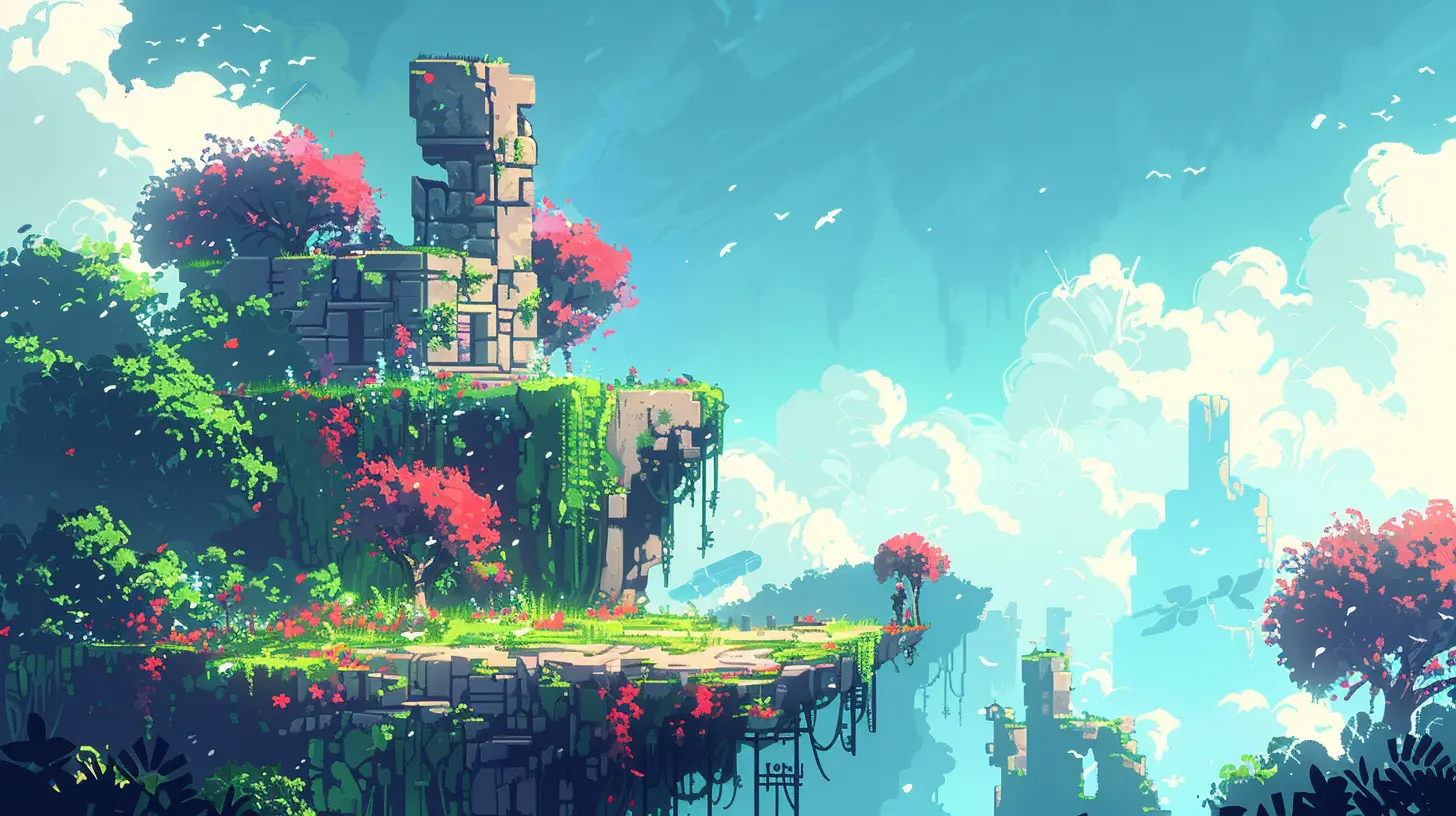
Level Design: The Art of Guiding and Surprising Players
Level design in modern platformers is another area where boundaries are being obliterated. Gone are the days of linear, predictable stages. Now, it’s all about dynamic, immersive environments that invite exploration and experimentation.Take Hollow Knight, for instance. You’re dropped into a sprawling, interconnected world filled with hidden paths, secrets, and lore. It’s like a Metroidvania on steroids. The level design isn’t just there to serve the gameplay; it’s there to tell a story, to pull you deeper into this hauntingly beautiful world.
And let’s not forget how environmental storytelling has become a thing in platformers. A crumbling ledge in the background isn’t just decoration—it’s foreshadowing. A lone torch flickering in a cavern isn’t just a light source—it’s a breadcrumb leading you to something greater. 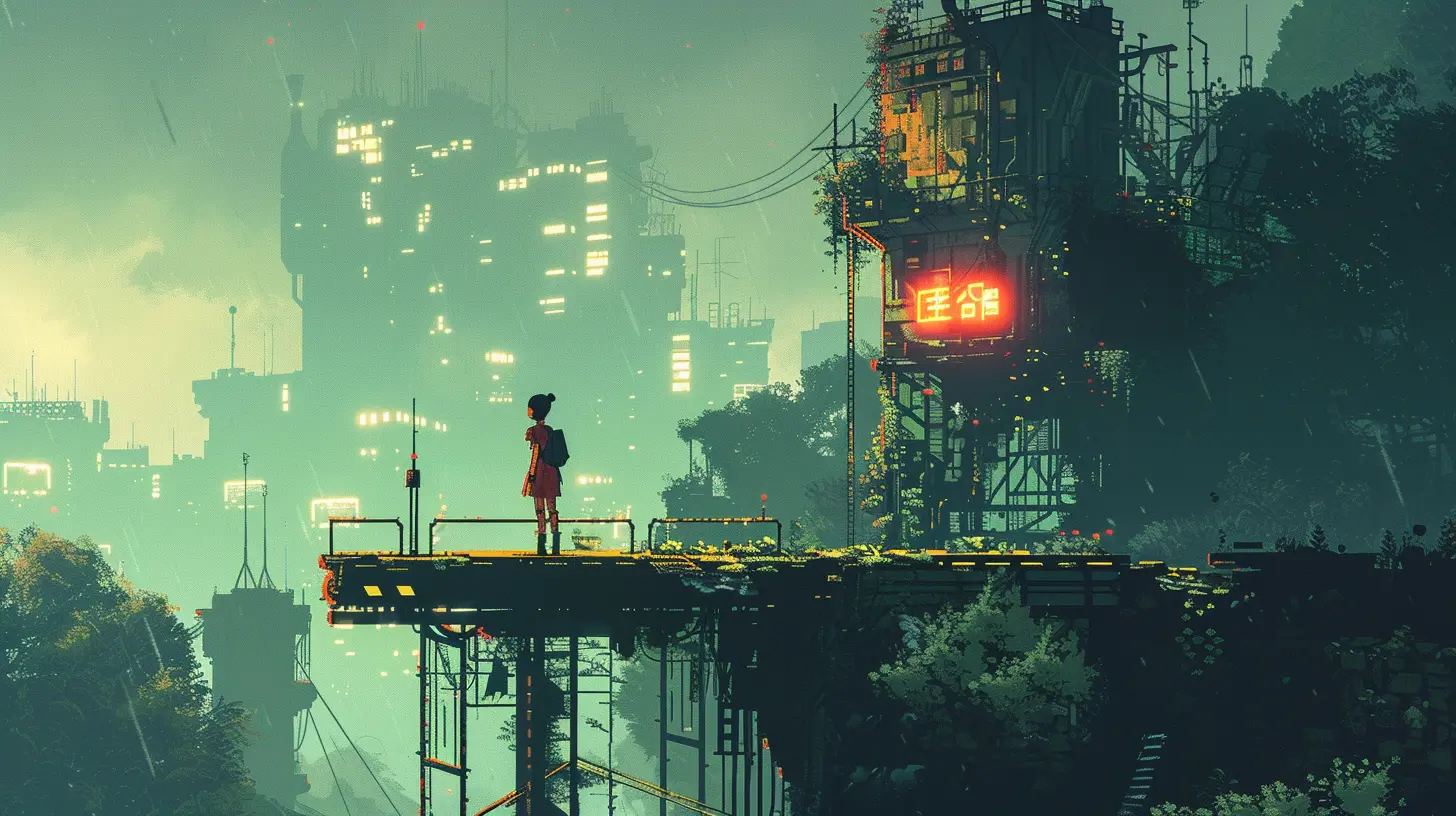
A Splash of Innovation: New Gameplay Mechanics
Here’s where things get wild. Developers are no longer content with the run-and-jump formula. They’re throwing in twists and gameplay mechanics that completely upend what you thought a platformer could do.Take Inside from Playdead. Sure, it’s a 2D platformer on the surface, but it blends puzzles, stealth, and intense emotional beats to create something utterly unique. Or look at Cuphead, which fuses platforming with intense boss battles and an art style pulled straight out of a 1930s cartoon. (Honestly, who saw that coming?)
Some games get even crazier. Baba Is You turns the genre on its head by letting you rewrite the rules of the game itself. Want walls to stop being walls? You got it. Want your character to suddenly be the goal? Why not? It’s like a platformer that keeps asking, “What if?”
Storytelling in Platformers: More than Just "Save the Princess"
Remember when the most compelling narrative in a platformer was, “Your princess is in another castle”? Those days are long gone. Today’s platformers embrace storytelling in ways that’ll tug at your heartstrings and blow your mind.Games like Celeste and Ori and the Blind Forest weave emotional narratives that are deeply personal and resonate with players. These aren’t just stories of heroes saving the day; they’re journeys of self-discovery, loss, and perseverance. Who would’ve thought a genre known for bouncing on heads could make you cry?
Visuals and Art Direction: A Feast for the Eyes
Let’s take a moment to appreciate just how stunning modern platformers have become. Art direction is no longer just an afterthought; it’s a core part of the experience. Developers are pushing the aesthetic boundaries of 2D games, and the results are nothing short of breathtaking.Take Gris, for instance. This game is an absolute masterpiece of visual storytelling. Its watercolor-inspired art style and fluid animations are so mesmerizing that you’ll want to hang screenshots on your wall. Or consider games like Hollow Knight and Ori, where every inch of the screen is a testament to the developer’s love for world-building. Platforms aren’t just objects to jump on—they’re part of a living, breathing universe.
How Technology Is Raising the Bar
Let’s not forget the role of technology in all this. Modern game engines like Unity and Unreal Engine have given indie developers the tools to create 2D platformers that look and feel next-gen. Advanced physics engines, dynamic lighting, and particle effects bring these games to life in ways we never thought possible.And then there’s the music. Oh man, the music! Soundtracks in platformers have gone from simple, catchy chiptunes to full-blown orchestral scores. Think of Celeste’s emotional piano melodies or Hollow Knight’s haunting symphonies. These soundtracks don’t just complement the gameplay; they elevate it.
The Indie Scene: Breeding Ground for Innovation
The indie gaming scene deserves a massive shout-out here. While AAA studios often play it safe, indie developers are the ones experimenting, taking risks, and redefining what a platformer can be. Games like Celeste, Hollow Knight, and Gris exist because indie devs are willing to think outside the box and challenge conventions.What’s even better? Many of these games are created by small, passionate teams—or even solo developers. It’s proof that you don’t need a massive budget to make a big impact.
The Future of 2D Platformers
So, where do we go from here? What’s next for 2D platformers? Honestly, the sky’s the limit. With advancements in technology and developers constantly pushing creative boundaries, we’re bound to see even more groundbreaking innovations.Maybe we’ll see platformers with fully adaptive AI that changes the level based on your play style. Or perhaps we’ll get games that blur the line between 2D and 3D even further. Whatever the future holds, one thing is clear: platformers aren’t just a relic of gaming’s past—they’re a cornerstone of its future.
Conclusion
In 2023, platformers are doing more than just revisiting the glory days of 2D gaming. They’re reinventing themselves with precision controls, innovative mechanics, stunning visuals, and emotionally charged narratives. Whether it’s through heart-pounding challenges or artistic brilliance, these games are proving that 2D doesn’t mean simple—it means endless possibilities.So the next time someone says platformers are “old-fashioned,” just smile, hand them a copy of Celeste, and watch their perspective change with every pixel-perfect jump.
all images in this post were generated using AI tools
Category:
Platformer GamesAuthor:

Aurora Sharpe
Discussion
rate this article
1 comments
Micah Erickson
Great insights! It’s exciting to see how platformers are evolving and challenging traditional gameplay. Can’t wait to see what innovative mechanics will emerge next in the 2D gaming world!
September 28, 2025 at 4:18 AM

Aurora Sharpe
Thank you! I share your excitement about the future of platformers and can’t wait to see what creative innovations come next!
